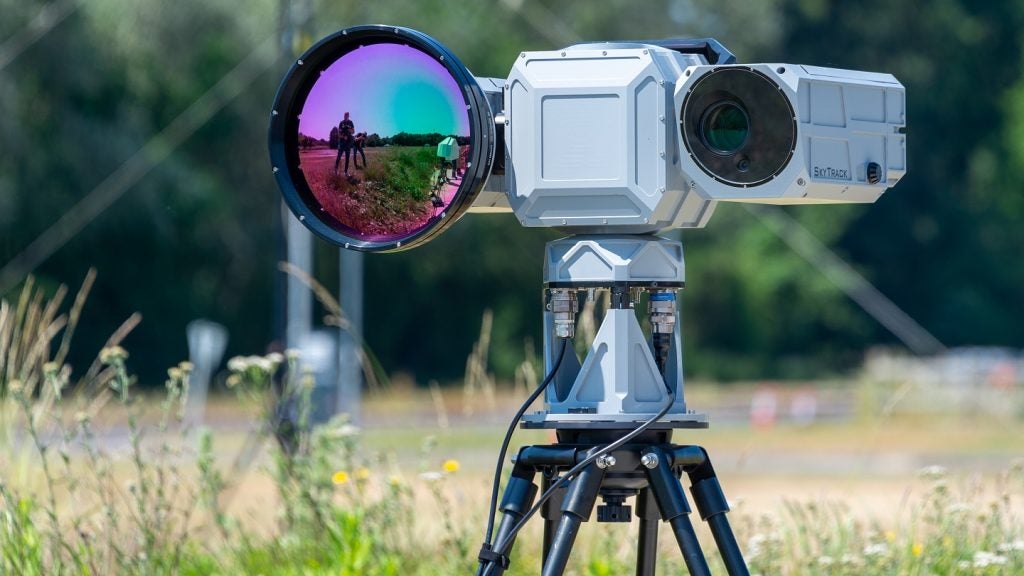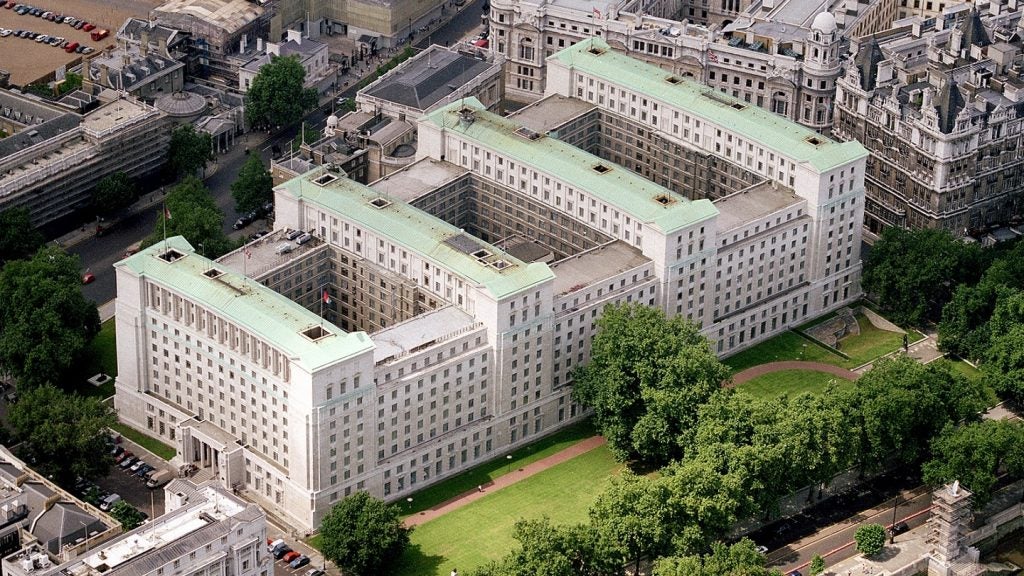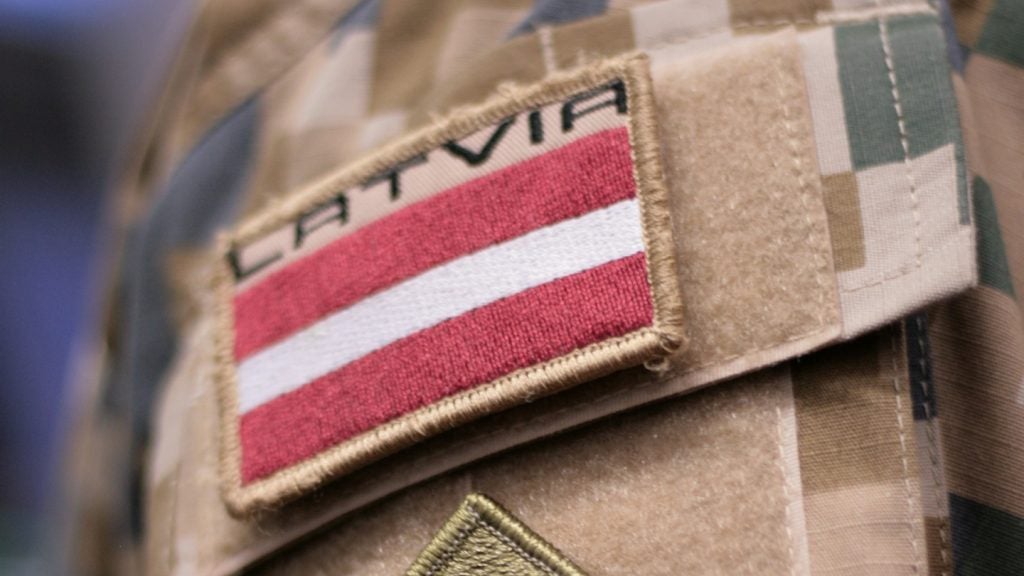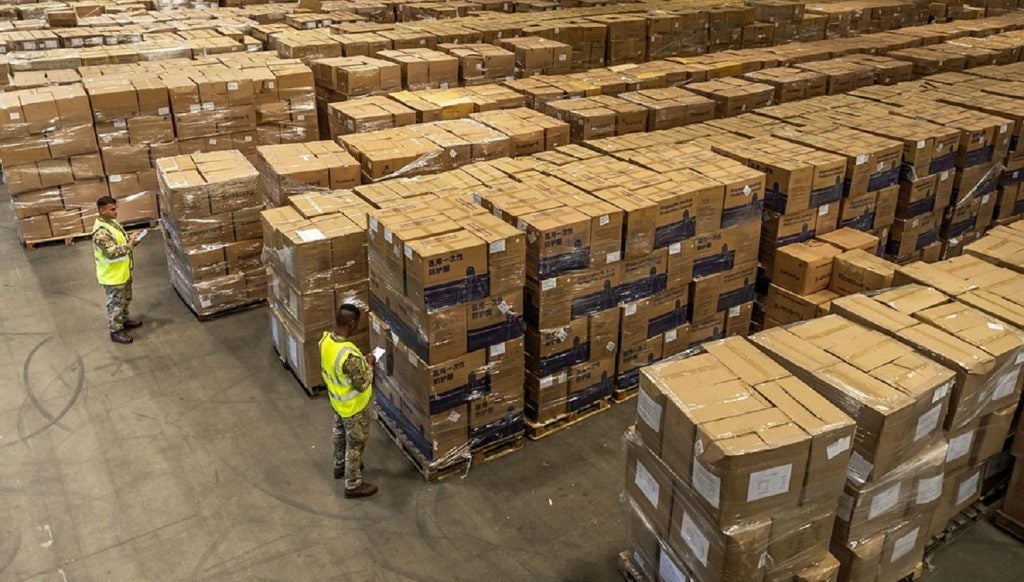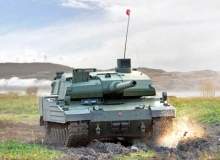

Mustafa Kemal Atatürk, the founder of the Republic of Turkey and its first president, once said: “Freedom and independence is my character”. That simple phrase uttered many decades ago has evolved into a philosophy that now permeates modern Turkish politics and culture. Nowhere is that more true than Turkey’s booming defence industry, where freedom and independence is seen as a key goal for the country’s leaders.
Over the last ten years, Turkey has embarked on a defence equipment policy which puts the emphasis squarely on indigenous manufacturing and development. Through a dogged pursuit of technology transfers and co-production contracts – when defence equipment from abroad is built in Turkey – the country has been able to build up a formidable industry.
The broad parameters of Turkey’s military procurement policy first became apparent in the 1970s, with the 1974 arms embargo over Cyprus, says Aaron Stein, non-proliferation program manager at the Instanbul-based Center for Economics and Foreign Policy Studies (EDAM). It finally came to fruition in 1985 with the establishment of the Undersecretariat for the Defense Industry (SSM) procurement agency.
Indigenous equipment and Turkish pride
“[Turkey’s procurement policy] essentially relies on co-production arrangements and technology transfers to begin to wean Turkey off of arms exports, particular from the United States but also from Europe, and to begin to produce as much military hardware at home as possible. It is a big source of pride for Turkey and they’re very committed to it,” explains Stein.
Today Turkey is a major exporter of equipment to countries like Pakistan, Azerbaijan and Turkmenistan. And it’s not just countries that are keen to purchase kit. In March 2013, the country’s leading armoured vehicle manufacturer Otokar won a $24.6 million contract to supply vehicles to the United Nations.
How well do you really know your competitors?
Access the most comprehensive Company Profiles on the market, powered by GlobalData. Save hours of research. Gain competitive edge.

Thank you!
Your download email will arrive shortly
Not ready to buy yet? Download a free sample
We are confident about the unique quality of our Company Profiles. However, we want you to make the most beneficial decision for your business, so we offer a free sample that you can download by submitting the below form
By GlobalDataWorth around AUD 10 billion, LAND 400 will be the Australian Army’s largest, most expensive and most complex project.
At the beginning of the year, the Ankara-based Defense and Aerospace Industry Exporters’ Association (SSI) said Turkish defence exports totalled $1.4 billion in 2013, a 10% increase from the previous year. “While the country’s overall exports saw a stagnant year in 2013, defense and aerospace exports witnessed remarkable progress,” SSI chairman of the board of directors Latif Aral Alis, said in January.
With a significantly beefed-up domestic defence industry, Turkey has steadily weaned itself off defence imports from countries like the US, Israel and Germany. In 2012, 60% of parts in Turkish defence equipment were locally sourced, compared to 25% in 2003. According to estimates from SSM, Turkey now imports only 10% of its equipment directly from foreign suppliers.
The other 90% is either the result of co-production/technology transfer agreements, international consortiums – seen on the F-35 Joint Strike Fighter project – or developed indigenously with little or no outside help. The latter option is the ultimate goal of policymakers and that translates into greater spending in areas like research and development.
In November 2013, defence minister Ismet Yilmaz announced a $6 billion investment in a new defence industry site based in Kazan, just outside of the Turkish capital, which aims to boost innovation and self-sufficiency.
This ambition for defence self-sufficiency has fostered some of Turkey’s most ambitious equipment projects to date, including an indigenously-built unmanned aerial system (Anka), a new class of corvette ships (MILGEM) and a two-seat training aircraft (Hürkus).
A potent symbol – Turkey’s main battle tank
It is land warfare equipment where Turkey has been able to make significant inroads into self-sufficiency. Four Turkish companies in particular – Otokar, FNSS Defence Systems, BMC and Nurol Makina – now have the capability to design, develop, produce and test a number of armoured vehicle designs. This ranges from large armoured personnel carriers and infantry fighting vehicles like the FNSS PARS to mine-resistant ambush protected vehicles (MRAP) like the BMC KIRPI.
Most impressive of all is Turkey’s plans to develop and build its first-ever main battle tank (MBT), codenamed Altay.
While many Western nations are in the process of shedding their inventories of tanks – the UK has cut its Challenger II fleet to just 200 and the Netherlands recently sold all its tanks to Finland – Turkey are looking to bolster their armed forces with at least 1,000 indigenously-built tanks.
With a standing army numbering around 400,000 personnel, the Turkish armed forces already have a sizeable tank fleet including the relatively modern Leopard 2 and US/Israeli M60T. The new Altay is destined to replace many of the older tanks still in service like the Vietnam-era M48 Patton.
As a potent symbol of land warfare, the Altay MBT is a flagship project for Turkey. With the addition of an MBT, officials can now claim that domestic industry is able to fulfil all the armoured vehicle needs of the Turkish Army.
“When you consider that the main battle tanks are the most complicated and comprehensive systems in terms of technical, tactical and operational accomplishments, I can proudly say that Turkey now builds all the armored vehicles needs of the Turkish Army,” SSM department head of land platforms Levent Senel explains.
The Altay is itself the product of a technology transfer agreement between Turkey and South Korea’s Hyundai Rotem, manufacturers of the K2 Panther tank. While some technical support and assistance has been provided by Hyundai Rotem, most of the parts and subsystems have been developed by Turkish companies.
Otokar is the prime contractor on the programme. Aselsan, a specialist in electronic systems, will design and develop subsystems such as the Fire Control System and Command Control Communication Information System. MKE will produce the 120mm main gun and Roketsan will design, develop and produce an advanced armour package.
“The project includes local design and development of many critical subsystems,” Senel explains. “It will enable the Turkish defence industry to acquire new technologies and capabilities, and reduce Turkey’s foreign dependency in this field significantly.”

Powering the Altay – the challenges faced by Turkish industry
Two prototypes of the Altay have already been built and two more are due this year, while full serial production is expected to begin in the next two years.
Yet despite clear advances in indigenous capabilities over the last decade – as shown in the tank programme – it is not all positive news.
Powering the Altay tank has proven to be much more complicated than originally envisaged and has highlighted several problems with Turkey’s self-sufficient model. The current Altay prototypes are powered by German-made engines (powerpacks) but a decision on what will be used in the production model has not been finalised.
With Turkish ambitions to someday export the Altay tank to countries like Azerbaijan and Pakistan, strict export controls means Germany is unlikely to provide an engine for the production model. A potential technology transfer agreement with Japanese firm Mitsubishi Heavy Industries also fell through in February 2014 because of Japan’s export restrictions.
“Depending on a sole source for such a crucial component would be a risk item for the future of the project”, explains Senel.
SSM’s primary goal is to create a national capability for producing engines in Turkey, independent from the limitations imposed by foreign governments’ export controls.
“In the strategic plans of our Undersecretariat, we are directed to mitigate the risks of the project by creating alternative sources for the critical subsystems,” says Senel. “So, within this perspective the Defense Industry Executive Committee has decided to start a national Powerpack program in order to reduce the possible risks which may rise as a result of the changes in foreign governments’ policies in the future.”
Turkey’s ‘shortsighted’ technology transfer policies
Can cash-strapped Western militaries use this commercial innovation for their own ends?
Turkey’s aggressive pursuit of technology transfer agreements and indigenous capabilities has also led to some awkward political confrontations with NATO allies.
Late last year, the Turkish government chose a blacklisted Chinese company to supply a $3.4 billion missile defence system. China Precision Machinery Export-Import Corporation was given the green light over other companies like Raytheon, makers of the Patriot, and the Italian-French consortium Eurosam.
Many believe the Chinese offered Turkey the best technology transfer agreement at a lower cost, opening up the potential for an exportable Turkish-made air-defence system. But those short-term benefits may have long-term costs, especially as Turkey’s main ally, the US, has voiced its concerns over the deal. US diplomats even suggested Turkish defence companies could face sanctions over their dealings with China.
“To choose a Chinese missile defence system largely because it had the best co-production arrangements and because it was the cheaper system was too short-sighted,” says EDAM’s Stein. “Turkey will never be cost competitive in exporting missile defence and there are big questions whether missile defence even works.”
“So why burn your bridges with potential suppliers over this system when you can choose a NATO interoperable system?”
Recent reports indicate Turkey could be backtracking from its previous decision but only if Western suppliers are willing to offer co-production agreements. “If the other two companies give us the assurance of joint production in Turkey and the transfer of technology, of course we wish to have this with NATO allies,” Turkey’s foreign minister Ahmet Davutoglu recently told the Munich Security Conference.
The Chinese missile deal and problems with indigenous equipment demonstrate real challenges still present for Turkey’s defence industry. There are other factors which could also cause some pain in the long run. Domestic political unrest is currently gripping Turkey and charges of corruption have been levelled against Turkish Prime Minister Recep Tayyip Erdogan. In March, Erdogan’s government reportedly blocked the social media site Twitter.
So while Turkey’s defence industry has clearly made huge strides over the last decade, there are challenges that persist. The question remains whether these issues can be overcome, especially if they risk alienating allies and suppliers in the US and Western Europe. Despite this, flagship programmes like the Altay tank demonstrate a clear intent for Turkey to become an even bigger player in the future, no matter what it takes to get there.
Follow Grant Turnbull on Google+


.gif)

